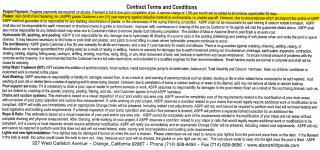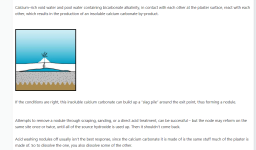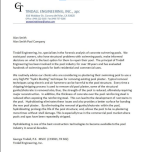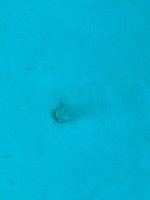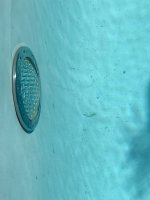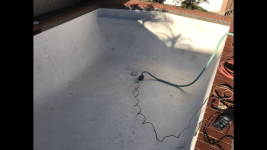I had my pool replastered January 2019. In December 2019 a small area on the side of the pool caved in. The contractor drained the pool and made a repair. In February 2021, I reported several stains and some etching on the surface. A representative that came to look at the issue suggested they were calcium nodules. The pool was drained, acid washed and two of the more significant stains were attended to leaving a 6 inch circular patch. I suspect they sanded some of the other spots. Less than a year later I noticed a new stain (probable calcium nodules) appearing at the joint where the patch material joined the existing plaster at both of these two round patches. Also, numerous other stains, many with etching, started appearing (or reappearing). For 10 months I phoned the contractor every 3 to 4 weeks, each time I was told someone will be contacting me to come and see the pool. About 13 phone calls were made. Finally someone came to look at the pool. I was told the calcium nodules are not covered by warranty. My options were to (1) buy some wet/dry sandpaper and dive down to sand the spots, or (2) pay them to “Drain pool sand calcium nodules. Apply micro Glass to pool surface. $ 1,850.” He also informed my calcium hardness level was in the higher end of the acceptable range and suggested I drain half the water in the pool and fill back with fresh water.
I took a look at the warranty and in the 4 pages of small print, I discovered a sentence that read: “ASPP shall not be responsible for spot etching & calcium nodule formation.”
I figured at this point that I am on my own. Before draining some half my water from the pool to lower the calcium hardness, I took a water sample to the local Leslie’s store to be tested. I wanted to get a second opinion that draining half the water in my pool was necessary and would be effective. I described the situation to the Leslie’s employee with 16 years of experience. He was extremely surprised at the way my situation was being handled by the contractor. He further pointed out that calcium nodule issues are most often caused by the improper startup (chemical balance) when filling the pool with water. This can cause the plaster not to cure properly. Included in my Sales Agreement was “INITIAL WATER TREATMENT” for a charge of $595.
My question is: should I expect the contractor to take responsibility for this problem and remedy the damage caused by calcium nodules? Or should I just accept their position that calcium nodules are not covered?
I took a look at the warranty and in the 4 pages of small print, I discovered a sentence that read: “ASPP shall not be responsible for spot etching & calcium nodule formation.”
I figured at this point that I am on my own. Before draining some half my water from the pool to lower the calcium hardness, I took a water sample to the local Leslie’s store to be tested. I wanted to get a second opinion that draining half the water in my pool was necessary and would be effective. I described the situation to the Leslie’s employee with 16 years of experience. He was extremely surprised at the way my situation was being handled by the contractor. He further pointed out that calcium nodule issues are most often caused by the improper startup (chemical balance) when filling the pool with water. This can cause the plaster not to cure properly. Included in my Sales Agreement was “INITIAL WATER TREATMENT” for a charge of $595.
My question is: should I expect the contractor to take responsibility for this problem and remedy the damage caused by calcium nodules? Or should I just accept their position that calcium nodules are not covered?





